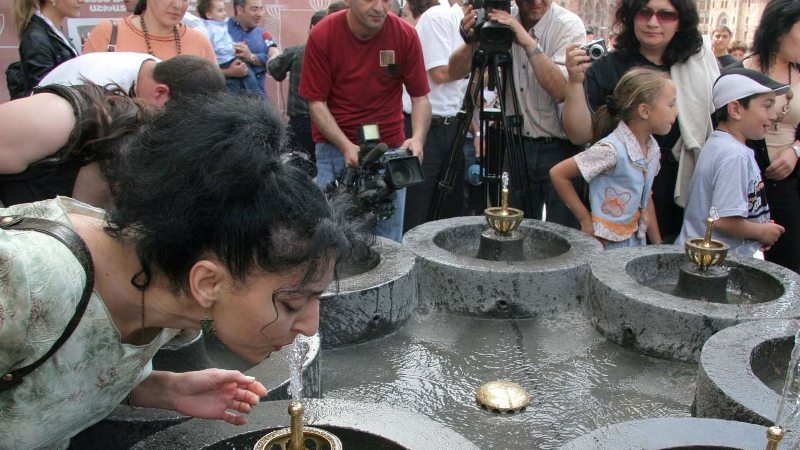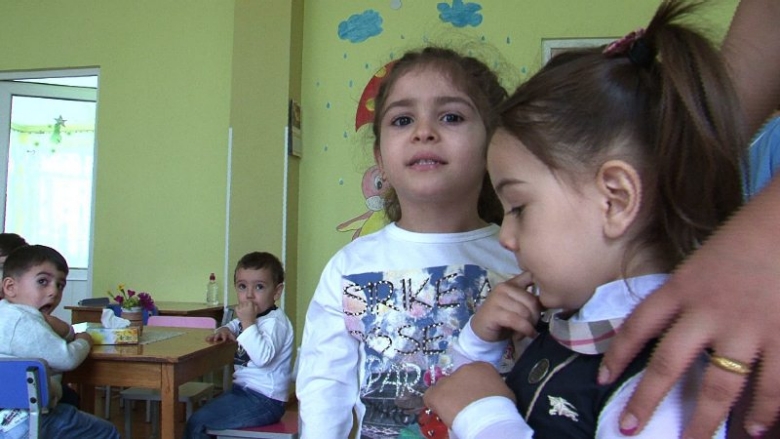Bank Group Contribution
The World Bank provided US$52 million in financing for social and economic infrastructure microprojects and capacity building, of which US$45 million was extended on standard International Development Association (IDA) terms and US$7 million from the International Bank for Reconstruction and Development (IBRD).
Partners
In addition to ASIF, the key partners in the project are the Ministry of Territorial Administration, the Ministry of Finance, and local communities. The Government contributed US$11.1 million and local communities provided US$3.8 million in counterpart funding. Private sector sponsors contributed an additional US$0.4 million.
Moving Forward
Building on this positive experience, ASIF project sustainability was enhanced at the local level through the selection of microprojects in response to priority needs, clearly demonstrating potential net benefits to the communities in terms of facilities created and short-term employment generated. Municipal authorities and communities had key roles as members of the Project Implementing Agencies. The community provided a share of the financial contribution for the projects, serving as an effective mechanism for local involvement and local resource mobilization, and municipal capacity-building activities were carried out. ASIF will gradually transform its operations toward more complex projects focused on the economic development of groups of communities.



